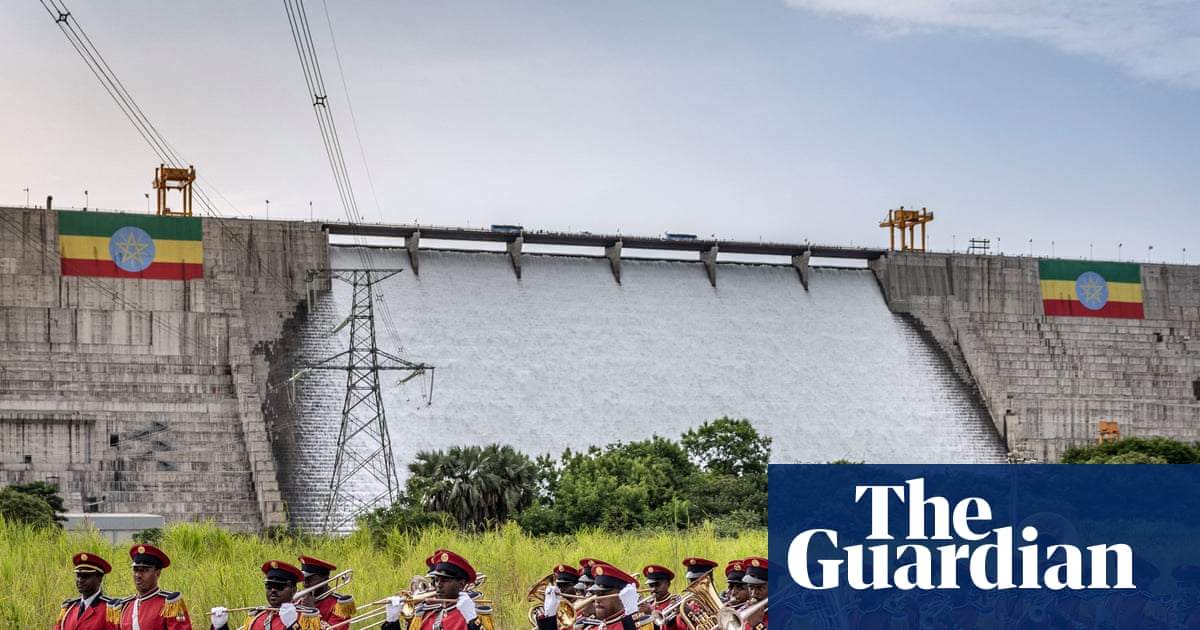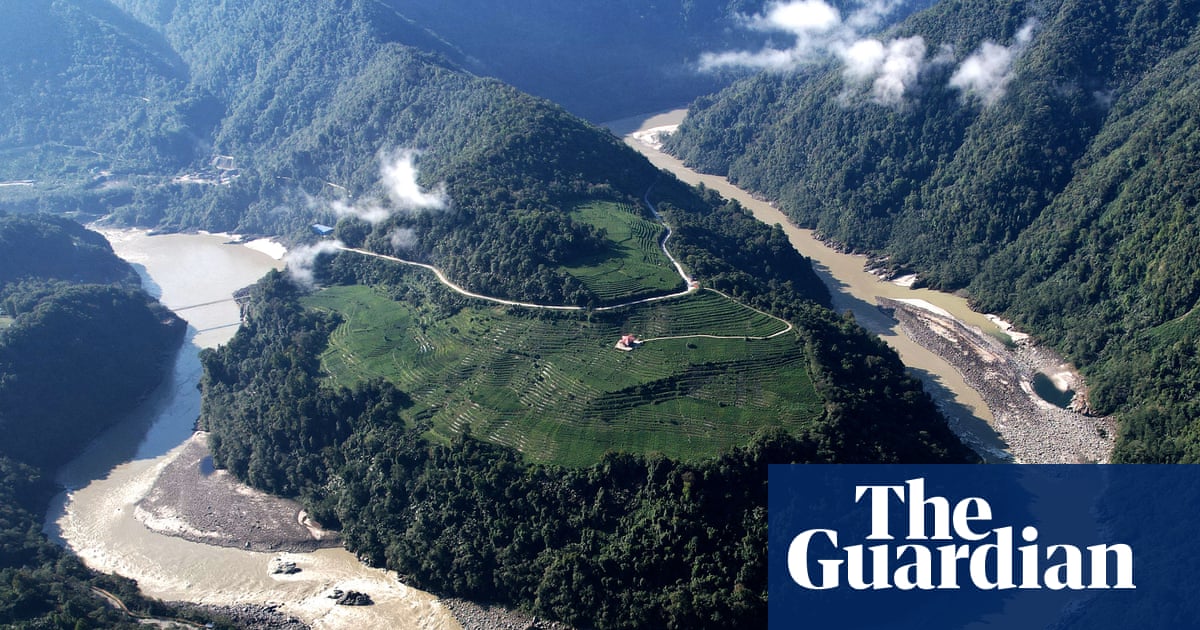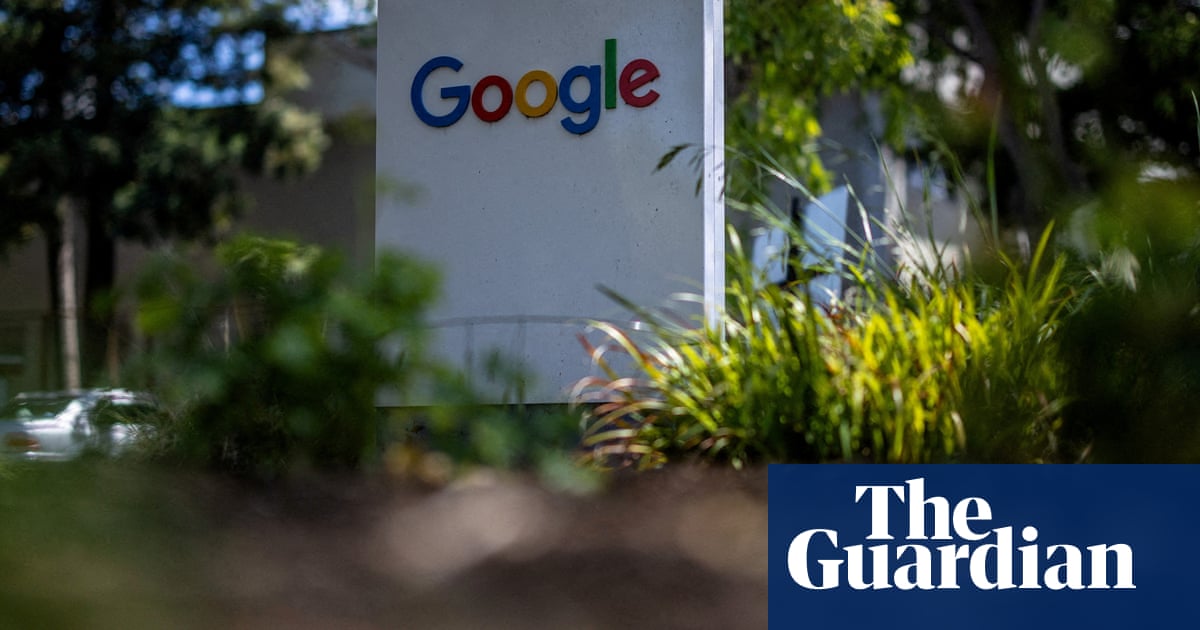#hydropower
#hydropower
[ follow ]
fromTechCrunch
2 months agoSila opens U.S. factory to make silicon anodes for energy dense EV batteries | TechCrunch
Sila, the battery materials startup, started operations Tuesday at its facility in Moses Lake, Washington. The factory, which will initially be capable of making enough battery materials for 20,000 to 50,000 EVs, is the first large-scale silicon anode factory in the West, and future expansion could fulfill demand for as many as 2.5 million vehicles. Silicon anodes promise to improve the energy density of lithium-ion batteries by as much as 50%. The technology, which Sila has been working on for the past 14 years, could be the best chance for the U.S. to gain the upper hand in a global race for battery supremacy, Sila co-founder and CEO Gene Berdichevsky argues.
Startup companies
fromwww.theguardian.com
3 months agoPowering up: how Ethiopia is becoming an unlikely leader in the electric vehicle revolution
Four months on, Deghareg is pleased with his purchase since he no longer has to endure long lines at the petrol pump, caused by Ethiopia's chronic fuel shortages. I'd have to wait two to three hours, even if I got there in the early morning, and they often run out of petrol before it's your turn, he says. Having an EV saves me lots of time. I have no regrets.
Environment
fromFast Company
3 months agoBrazil generates over one-third of its electricity from wind and solar for the first time
The clean energy sources accounted for 34% of the country's electricity generation last month, producing a monthly record of 19 terawatt-hours (TWh), enough to power about 119 million average Brazilian homes for a month, Ember told The Associated Press. That surpassed the previous high of 18.6 TWh set in September 2024. The milestone came as hydroelectric output, Brazil's dominant power source, fell to a four-year low.
Environment
fromwww.dw.com
3 months agoEgypt, Sudan worry about water as Ethiopia's mega dam opens DW 09/08/2025
The Grand Ethiopian Renaissance Dam (GERD), 14 years in the making, will be officially inaugurated this week. At 1,800 meters (nearly 6,000 feet) wide, 175 meters high and capable of holding back up to 74 billion cubic meters of water in a reservoir covering an area larger than the city of London, the massive structure is the largest dam in Africa.
Environment
[ Load more ]






